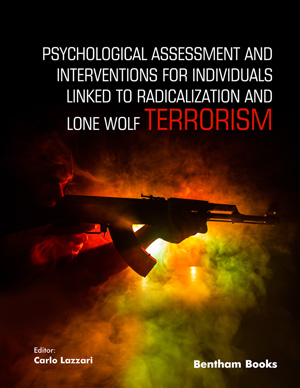Abstract
Background: The socioeconomic impacts of COVID-19 added to the learning challenges across Eastern and Southern Africa (ESA) and significantly increased the resources required to deliver on basic education goals.
Objective: This article makes the case for greater budgetary allocations to the education sector by quantifying the annual funding needs for 20 governments in ESA to achieve different classroom size targets for all levels of education by 2030.
Methods: Building on earlier estimation techniques, it develops a teacher costing and affordability model based on macroeconomic and demographic projections as well as education sector performance indicators from global databases.
Results: To meet goals around education and learning, governments in ESA need to pay for more than five million additional teachers by 2030. When compared to affordability estimates, which reflect the latest teacher compensation spending trends, the funding shortfall is nearly 50 percent. While there is variation across countries, the compounding shortage of teachers is a serious risk to improving learning across the region.
Conclusion: The findings underscore the need to invest more resources in teachers and education systems more generally. If governments can progressively increase their investment in education to reach six percent of GDP in 2030, which is in line with the most ambitious target in the Incheon Declaration, they could recruit an additional three million teachers, which partially closes the gap. However, to achieve basic learning goals, most governments will need to invest much more, including up to eight percent of GDP.
















